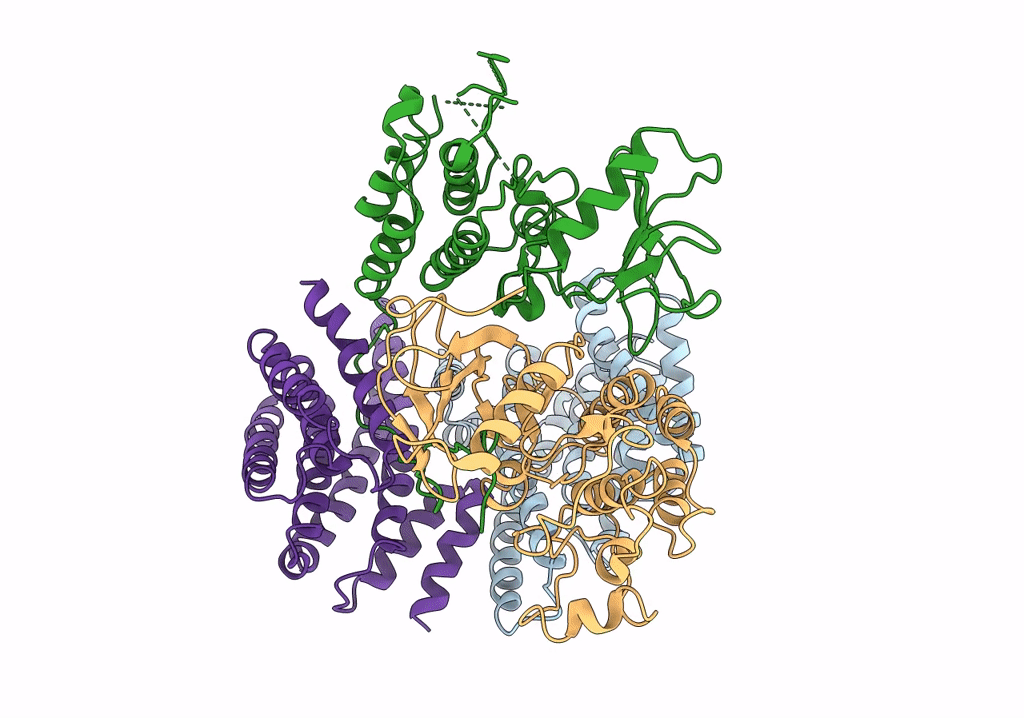
Deposition Date
2019-09-11
Release Date
2019-09-25
Last Version Date
2025-05-21
Entry Detail
Biological Source:
Source Organism:
Homo sapiens (Taxon ID: 9606)
Spodoptera aff. frugiperda 1 BOLD-2017 (Taxon ID: 2449148)
Spodoptera aff. frugiperda 1 BOLD-2017 (Taxon ID: 2449148)
Host Organism:
Method Details:
Experimental Method:
Resolution:
3.90 Å
Aggregation State:
PARTICLE
Reconstruction Method:
SINGLE PARTICLE


